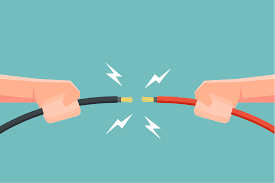The growing ecosystem of devices and products serving peoples’ health and well-being shows us that innovators already see the opportunity to serve the fast-growing market for self-care among people 50 years of age and up.
For nearly twenty years, one thing has felt inevitable: when boomers reach “old age,” senior living demand will surge. And yet ..
ChatGPT Health builds on consumer use of today's ChatGPT so responses are informed by your health information and context.
The prize honors .lumen’s Glasses for the Blind, an AI-based device that applies autonomous driving technology adapted for pedestrians. Using computer vision and local processing, the headset understands the three-dimensional environment in real time without relying on the internet or pre-defined maps and guides the user through subtle vibrations indicating a safe direction to follow.
The United States faces a fundamental mismatch between surging demand and insufficient capacity.

 In 2019, Tech adoption changes -- some. It’s known as the
In 2019, Tech adoption changes -- some. It’s known as the  What does it mean when offerings and consumers aren’t aligned? For older consumers and their families, the technology market and senior housing industry are two cases in point. Consider
What does it mean when offerings and consumers aren’t aligned? For older consumers and their families, the technology market and senior housing industry are two cases in point. Consider